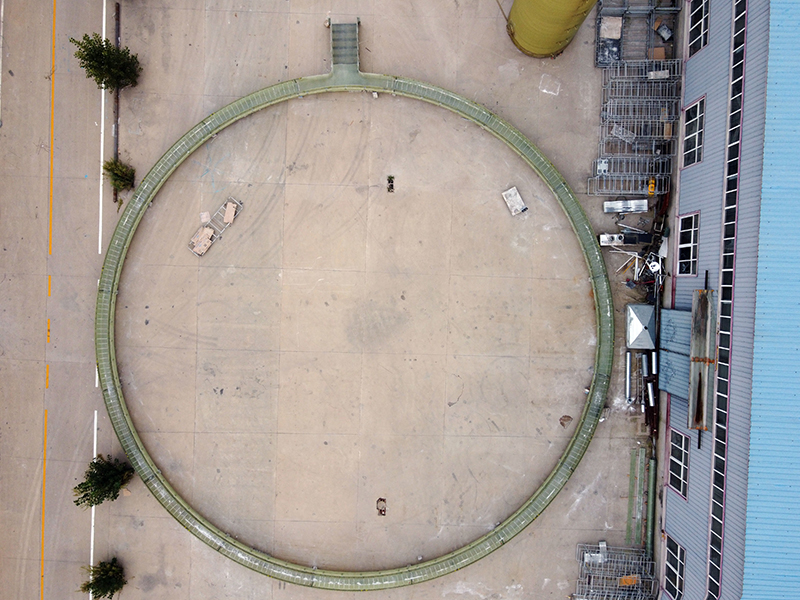
-
 Afrikaans
Afrikaans -
 Albanian
Albanian -
 Amharic
Amharic -
 Arabic
Arabic -
 Armenian
Armenian -
 Azerbaijani
Azerbaijani -
 Basque
Basque -
 Belarusian
Belarusian -
 Bengali
Bengali -
 Bosnian
Bosnian -
 Bulgarian
Bulgarian -
 Catalan
Catalan -
 Cebuano
Cebuano -
 China
China -
 China (Taiwan)
China (Taiwan) -
 Corsican
Corsican -
 Croatian
Croatian -
 Czech
Czech -
 Danish
Danish -
 Dutch
Dutch -
 English
English -
 Esperanto
Esperanto -
 Estonian
Estonian -
 Finnish
Finnish -
 French
French -
 Frisian
Frisian -
 Galician
Galician -
 Georgian
Georgian -
 German
German -
 Greek
Greek -
 Gujarati
Gujarati -
 Haitian Creole
Haitian Creole -
 hausa
hausa -
 hawaiian
hawaiian -
 Hebrew
Hebrew -
 Hindi
Hindi -
 Miao
Miao -
 Hungarian
Hungarian -
 Icelandic
Icelandic -
 igbo
igbo -
 Indonesian
Indonesian -
 irish
irish -
 Italian
Italian -
 Japanese
Japanese -
 Javanese
Javanese -
 Kannada
Kannada -
 kazakh
kazakh -
 Khmer
Khmer -
 Rwandese
Rwandese -
 Korean
Korean -
 Kurdish
Kurdish -
 Kyrgyz
Kyrgyz -
 Lao
Lao -
 Latin
Latin -
 Latvian
Latvian -
 Lithuanian
Lithuanian -
 Luxembourgish
Luxembourgish -
 Macedonian
Macedonian -
 Malgashi
Malgashi -
 Malay
Malay -
 Malayalam
Malayalam -
 Maltese
Maltese -
 Maori
Maori -
 Marathi
Marathi -
 Mongolian
Mongolian -
 Myanmar
Myanmar -
 Nepali
Nepali -
 Norwegian
Norwegian -
 Norwegian
Norwegian -
 Occitan
Occitan -
 Pashto
Pashto -
 Persian
Persian -
 Polish
Polish -
 Portuguese
Portuguese -
 Punjabi
Punjabi -
 Romanian
Romanian -
 Russian
Russian -
 Samoan
Samoan -
 Scottish Gaelic
Scottish Gaelic -
 Serbian
Serbian -
 Sesotho
Sesotho -
 Shona
Shona -
 Sindhi
Sindhi -
 Sinhala
Sinhala -
 Slovak
Slovak -
 Slovenian
Slovenian -
 Somali
Somali -
 Spanish
Spanish -
 Sundanese
Sundanese -
 Swahili
Swahili -
 Swedish
Swedish -
 Tagalog
Tagalog -
 Tajik
Tajik -
 Tamil
Tamil -
 Tatar
Tatar -
 Telugu
Telugu -
 Thai
Thai -
 Turkish
Turkish -
 Turkmen
Turkmen -
 Ukrainian
Ukrainian -
 Urdu
Urdu -
 Uighur
Uighur -
 Uzbek
Uzbek -
 Vietnamese
Vietnamese -
 Welsh
Welsh -
 Bantu
Bantu -
 Yiddish
Yiddish -
 Yoruba
Yoruba -
 Zulu
Zulu
Effective Methods for Flue Gas Desulfurization in Industrial Applications and Environmental Protection
Flue Gas Desulfurization An Essential Technology for Environmental Protection
Flue gas desulfurization (FGD) is a critical process in the control of sulfur dioxide (SO2) emissions from industrial facilities, particularly coal-fired power plants. As governments worldwide enforce stricter environmental regulations to combat air pollution and climate change, FGD technologies have gained considerable attention. This article will explore the importance of FGD, the different technologies available, and its impact on reducing sulfur emissions.
The Importance of FGD
Sulfur dioxide is a significant environmental pollutant that contributes to respiratory problems, acid rain formation, and severe ecological damage. When SO2 is released into the atmosphere, it can react with water vapor and oxygen to form sulfuric acid, which can precipitate as acid rain. This phenomenon is detrimental to natural ecosystems, as it can lead to soil degradation, water quality issues, and damage to plants and aquatic life. As a result, controlling SO2 emissions has become a priority for maintaining public health and safeguarding the environment.
FGD systems are designed to remove SO2 from exhaust gases before they are released into the atmosphere. The technology not only mitigates the harmful effects of sulfur emissions but also helps power plants comply with national air quality standards, thus playing a vital role in sustainable industrial practices.
FGD Technologies
There are several established FGD technologies, each with its advantages and drawbacks. The most common methods include
1. Wet Scrubbing This is the most widely used FGD technology. It involves the use of a liquid sorbent, often a mixture of water and limestone (calcium carbonate), to absorb sulfur dioxide from the flue gas. After the reaction, the resultant calcium sulfate (gypsum) can be removed and utilized in construction materials, making this method economically attractive.
flue gas desulfurization

2. Dry Scrubbing In this method, dry alkaline materials, such as sodium bicarbonate or lime, are injected into the flue gas. The SO2 reacts with these materials to form solid byproducts that can be easily collected. Dry scrubbing systems are less complex than wet scrubbing systems, making them a suitable option for plants with space constraints.
3. Seawater Scrubbing This innovative technology uses seawater as a scrubbing medium to capture SO2. This method is particularly beneficial for coastal power plants, as it not only reduces SO2 emissions but also lowers the water salinity in nearby environments. The byproducts created can be neutralized and released back into the ocean.
4. Biological FGD An emerging technology, biological FGD employs microorganisms to remove SO2 from flue gases. While still in the experimental phase, this method holds great potential for environmentally friendly sulfur capture due to its low emissions and the possibility of utilizing waste products.
Impact on Emissions and Future Prospects
The implementation of FGD technologies has led to significant reductions in sulfur emissions in many countries. For instance, the United States has reported substantial declines in SO2 levels since the introduction of FGD systems in power plants. The success of these technologies illustrates that it is possible to balance industrial activity with environmental protection.
Looking ahead, further innovations in FGD technologies and the integration of renewable energy sources are fundamental for achieving a sustainable future. As research continues, it is vital to enhance the efficiency and cost-effectiveness of FGD systems while also exploring alternative methods for sulfur dioxide capture and utilization.
In conclusion, flue gas desulfurization is an essential technology for reducing sulfur dioxide emissions in industrial practices. With various approaches available, FGD systems not only contribute to improved air quality but also offer economic benefits through the recovery and repurposing of byproducts. By investing in and advancing FGD technologies, society can move closer to a cleaner, healthier environment.









